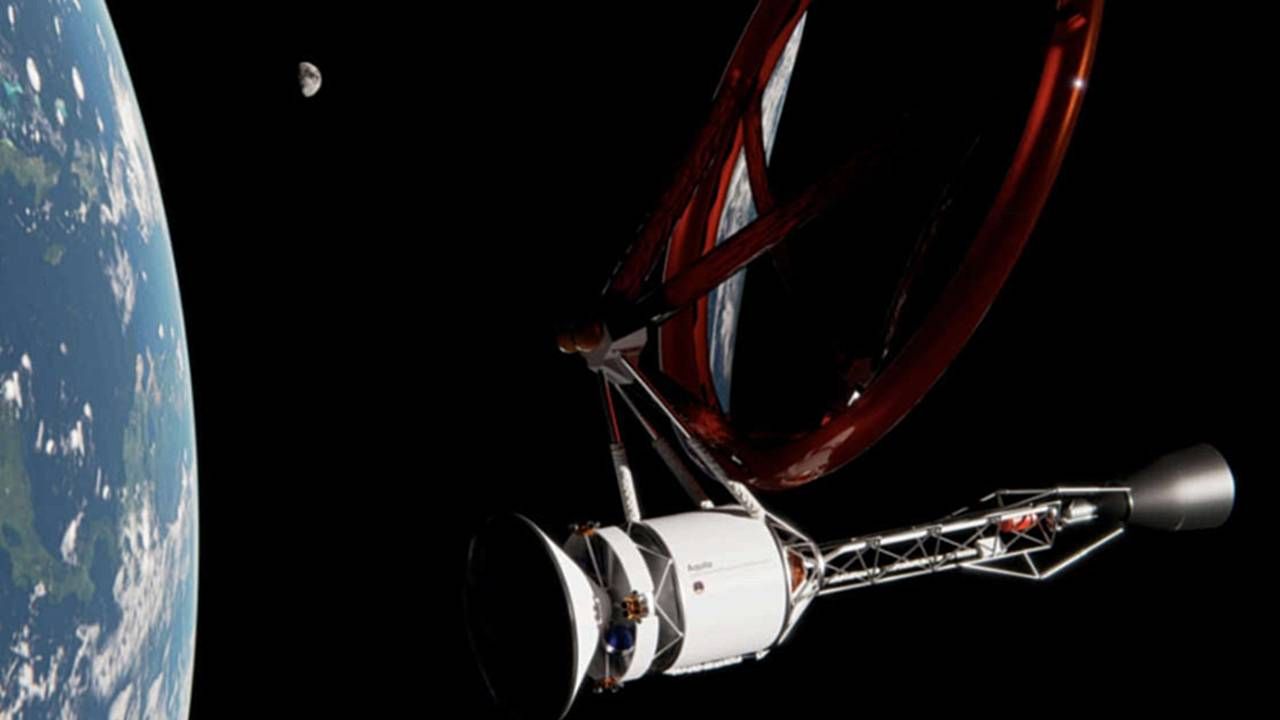The rover’s persistent journey to Mars took more than six months. Emmanuel Doblay and colleagues from Canada’s McGill University present in the pages of the journal “Acta Astronautica” an intriguing concept of a laser propulsion system that could shorten the manned journey to the Red Planet to just 45 days.

Falcon 9 liftoff. NASA astronauts fly to the International Space Station [WIDEO]
The four NASA astronauts on the Crew-4 mission are in orbit after the launch of…
see more
Space travel exposes you to large doses of cosmic rays, which could have been sharply increased by coronal mass ejections from the sun. Astronauts traveling will be exposed to such radiation that is harmful to health Mars. Unlike the crew of the International Space Station, they will not be protected by the Earth’s magnetosphere. Therefore, all ways of shortening travel are important for health and life – indicates the portal KopalniaWiedzy.pl.
Interestingly, the idea of laser propulsion of spacecraft is not new. One of the technologies under consideration is the use of a solar sail attached to the vehicle. Such a sail would use the pressure of photons sent toward it from lasers placed on the ground. According to scientists, this can accelerate the car to speeds that are currently unreachable.
This system can only work on very small vehicles. Experts at McGill University propose a solution in which a ground-based laser system heats a fuel, such as hydrogen, to propel the manned capsule.
The idea of the scientists is to create a laser system with a capacity of 100 megawatts and a manned vehicle with a detachable command module. The unit consists of a giant mirror and a chamber filled with hydrogen. Placing the laser on the ground illuminates a mirror that focuses the light on the hydrogen chamber. The hydrogen will be heated to about 40,000 degrees Celsius, and it will expand quickly and easily through the exhaust nozzle, giving momentum to the manned capsule.
This way, during several hours of continuous acceleration, the capsule can reach a speed of about 14 km/s, or about 50,000 km/h, allowing it to reach Mars in 45 days. Experts suggest that the propulsion system itself, as soon as the capsule reaches the appropriate speed, will automatically separate from it and return to the ground, where it can be reused.
Another problem is the slowdown of the car near Mars. The solution may be to exploit the resistance of the planet’s atmosphere, but there are still many unknowns here.

source:
KopalniaWiedzy.pl
#planet mars
#laser
#McGill University
#cosmos
#the sun

Echo Richards embodies a personality that is a delightful contradiction: a humble musicaholic who never brags about her expansive knowledge of both classic and contemporary tunes. Infuriatingly modest, one would never know from a mere conversation how deeply entrenched she is in the world of music. This passion seamlessly translates into her problem-solving skills, with Echo often drawing inspiration from melodies and rhythms. A voracious reader, she dives deep into literature, using stories to influence her own hardcore writing. Her spirited advocacy for alcohol isn’t about mere indulgence, but about celebrating life’s poignant moments.











